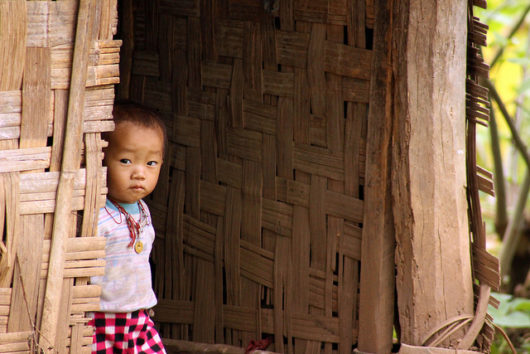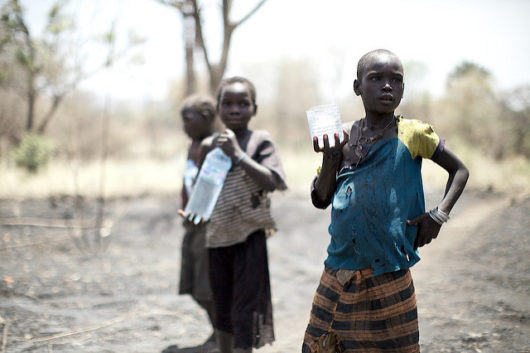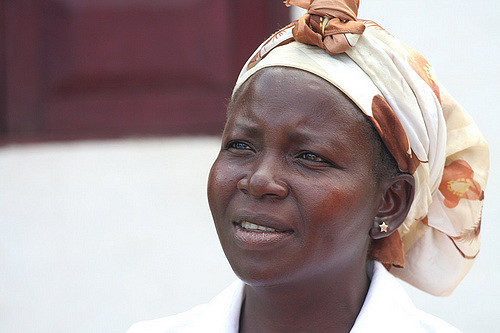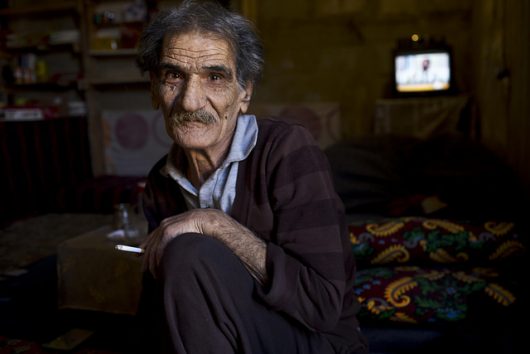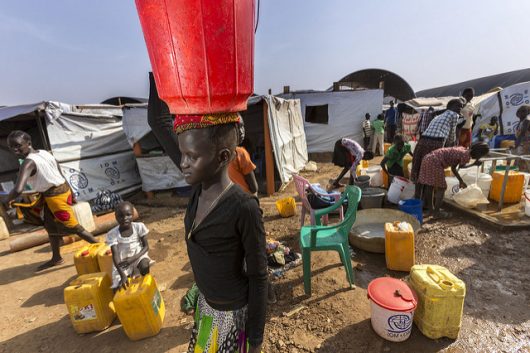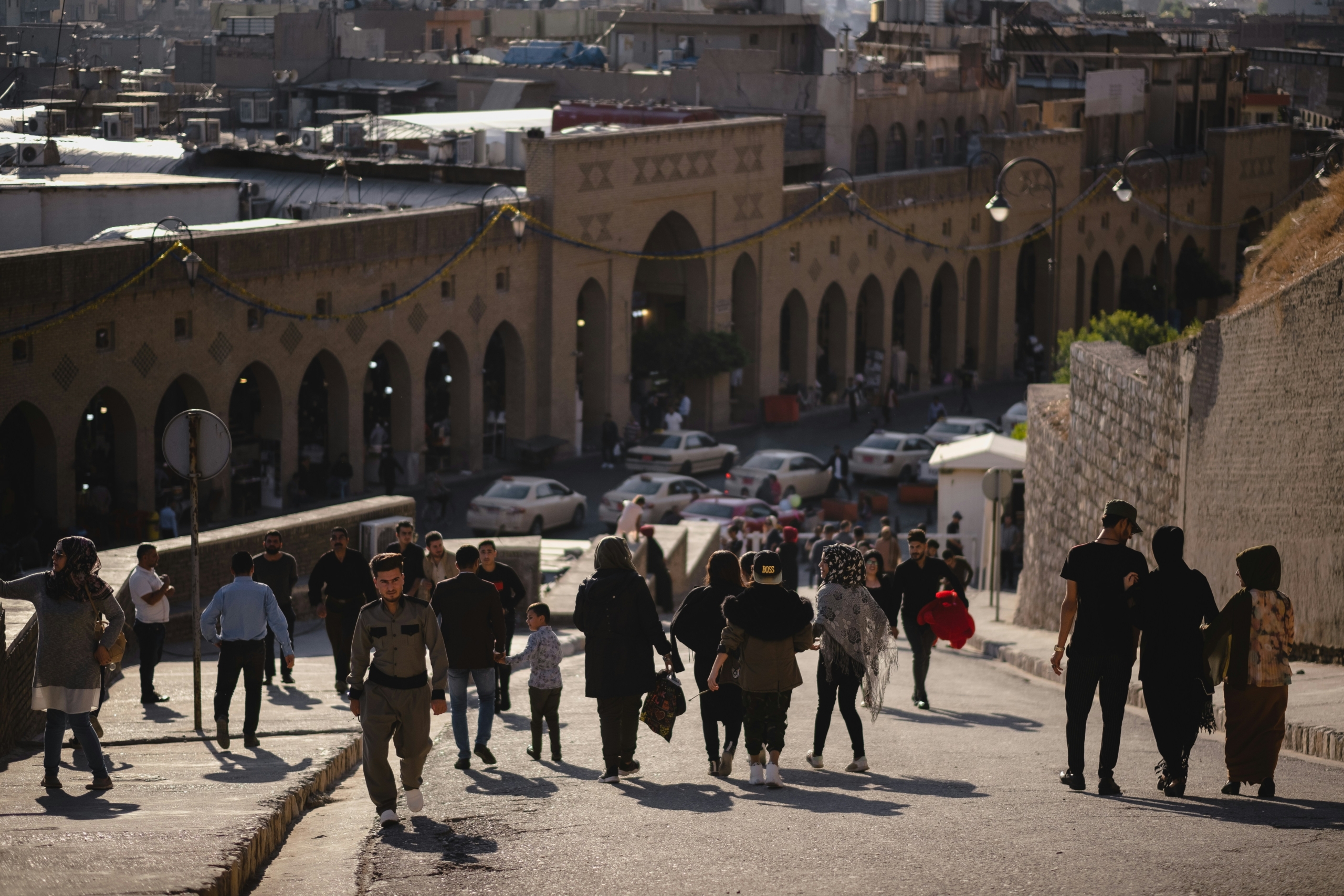 Iraqi Kurdistan has been greatly affected by civil conflicts, terrorist attacks and government instability. More than 90% of Iraq’s 300,000 refugees reside in the Iraqi Kurdistan region and more than 1 million Iraqis remain internally displaced. Charities in Iraqi Kurdistan in support of refugees are especially important to help asylum seekers gain essential support to rebuild their lives. The charities offer psychological monetary, and educational support for refugees in the region.
Iraqi Kurdistan has been greatly affected by civil conflicts, terrorist attacks and government instability. More than 90% of Iraq’s 300,000 refugees reside in the Iraqi Kurdistan region and more than 1 million Iraqis remain internally displaced. Charities in Iraqi Kurdistan in support of refugees are especially important to help asylum seekers gain essential support to rebuild their lives. The charities offer psychological monetary, and educational support for refugees in the region.
Sirkhane
Sirkhane is a charity operating in Iraq, Turkey and Syria, to provide child refugees access to creative activities such as photography, music and painting. Instead of violence and retaliation, Sirkhane teaches children to express their emotions through music and constructive social interaction.
It aims to give children who have witnessed poverty and displacement an outlet to express their imagination and develop critical social skills. By offering artistic opportunities the families would have otherwise been unable to access, they begin the process of recovering from their trauma and the stressful circumstances of their childhood.
Sirkhane projects include Darkroom where children get analog cameras and learn the principles of photography, the basics of visual composition and how to develop, print and achieve results using film photography. The organization encourages children to capture photos of their daily lives and allows them to be playful in difficult circumstances. Sirkhane later publishes photos in photobooks in collaboration with various artists.
Another project Sirkhane hosts is Müzikhane (House of Music) where volunteer musicians host workshops for children to learn instruments and music education, helping them develop story-telling skills.
The Lotus Flower
Focusing on the development of women and children, The Lotus Flower is a charity that provides opportunities for women to achieve financial independence and education. As women in Iraqi Kurdistan often have far lower literacy rates compared to men The Lotus Flower focuses on providing education programs in adult literacy, computing, and foreign languages. The charity has reached more than 60,000 women, children and community members.
As ISIS attacks on Iraqi Kurdistan displaced families from their homes, many women became the sole providers of their families. Concurrent conflicts and a lack of resources meant many refugees were unable to attain an education in their youth. The Lotus Flower provides textbooks, stationery supplies and classes for refugee women to learn essential life and employability skills.
The organization also has various activities for men’s mental health. A Domiz refugee camp in Iraq saw the need for mental health support for men, many of whom survived ISIS attacks. The Men and Boys’ Trauma project sought to connect refugees, improve their English language skills and provide them with trauma therapy.
Aid Gate Organization
Aid Gate Organization (AGO) focuses on providing vulnerable groups in Iraq and Syria with skills to assist their employability and support their families. Along with implementing vocational skills training, AGO also offers apprenticeships to individuals living in economically deprived areas. Its temporary work programs, while helping individuals they employ to earn cash, offer public services to the local community; through clearing debris from roads and rebuilding infrastructure.
As extreme weather disproportionately affects the most vulnerable in society, farmers in rural Iraqi Kurdistan struggle to keep up with changing weather cycles. AGO aids farmers through education on modern agricultural techniques and provides them with advanced tools.
AGO often collaborates with governmental departments, such as the Ministry of Labor and Social Affairs, to represent vulnerable minorities in the decision-making process.
Jesuit Refugee Service
Jesuit Refugee Service (JRS) is an international charity with community centers in Duhok. Its work in Duhok focuses on supporting victims of the 2014 Yazidi genocide. As a result of harsh living conditions, suicide attempts from displaced Yazidis have increased. JRS offers mental and psychological support to survivors, especially those tortured and separated from their families.
JRS also hosts a Primary Education Program in Iraq, providing for children who have had their education disrupted by warfare. Along with providing psychological help, children can begin the process of recovery from their traumatic experiences through connecting with other classmates and teachers.
Charities operating in the Iraqi Kurdistan region remain underfunded, requiring further donations and cooperation to make sure that every refugee has opportunity, dignity, and comfort in the face of displacement.
– Alara Pasinli
Photo: Unsplash
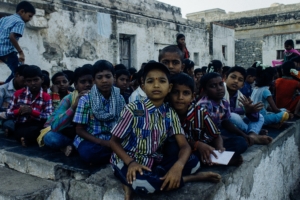 As conflicts continue to run rampant, people are forced to flee and abandon their homes. In a new world of uncertainty, children’s fundamental right to education is being denied.
As conflicts continue to run rampant, people are forced to flee and abandon their homes. In a new world of uncertainty, children’s fundamental right to education is being denied. 